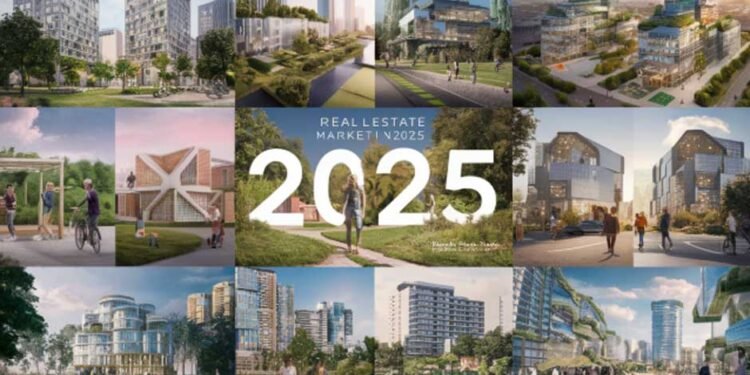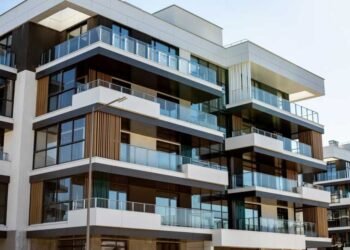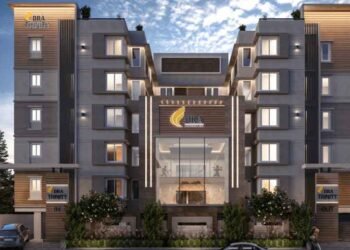Real estate isn’t just about square footage anymore. It’s about lifestyle.
The way people live, work, and connect has changed dramatically over the last few years — and homes are evolving right alongside those shifts. What used to be considered a luxury (like a home office or a touchless thermostat) has become an expectation.
In 2025, buyers aren’t just looking for a house. They’re looking for a space that fits the way they live now — flexible, connected, and sustainable.
Biggest lifestyle trends shaping real estate this year and beyond:
1. Remote Work and the Rise of Flexible Spaces
If the pandemic taught us anything, it’s that home can mean a lot of things — office, classroom, gym, and sanctuary all in one. Remote work is here to stay.
According to a 2024 Gallup report, nearly 70% of professionals say they now work from home at least part of the week. And that shift has completely changed what buyers want.
Home offices are no longer “nice-to-haves.” They’re essential. But what’s trending in 2025 isn’t just the dedicated office—it’s flexibility.
Think about it:
- Convertible guest rooms that double as workspaces.
- Foldaway desks that disappear when the workday ends.
- Bonus rooms that shift between playrooms, gyms, and Zoom studios.
Buyers want spaces that adapt to their lives, not the other way around. And sellers who recognize this are getting ahead of the curve — designing homes that feel multi-dimensional and future-proof.
So if you’re selling this year, take a good look around. Could that unused corner become a creative nook? Could a formal dining room pull double duty as a hybrid work zone? Little tweaks like these can make a big difference in how buyers perceive value.
2. Smart Homes for Smarter Living
Let’s be honest — we’re living in the age of convenience. If something can be automated, we probably want it to be.
That’s why smart home integration continues to dominate real estate trends in 2025. From security systems and thermostats to lighting and kitchen appliances, homes are getting brainier by the day.
Today’s buyers are drawn to tech that makes everyday life simpler, safer, and more efficient. Popular upgrades include:
- Smart thermostats that “learn” your temperature preferences.
- Doorbell cameras and app-controlled locks for peace of mind.
- Voice-activated lighting systems.
- Energy-tracking devices that help homeowners save on bills.
And here’s an interesting stat — homes with smart technology can sell up to 20% faster than those without, according to real estate industry data. That’s because convenience sells.
If you’re prepping your home for the market, now’s the perfect time to add a few smart features. Not only will it make your life easier, but it can also help you learn how to find cash home buyers who appreciate modern upgrades and are ready to make quick, informed offers.
3. Sustainability Isn’t a Trend — It’s a Priority
Eco-conscious design is no longer just a buzzword; it’s a baseline expectation.
Buyers in 2025 are prioritizing sustainability, not only for the planet but for their pocketbooks. Energy-efficient homes can reduce monthly costs while offering cleaner, healthier living spaces.
Here’s what’s driving this shift:
- Rising energy costs and climate awareness.
- Government incentives for green building materials and solar panels.
- A new generation of buyers who see eco-friendly homes as a moral choice, not just a financial one.
Trending features include:
- Solar roofs and energy-efficient windows.
- Recycled materials in flooring, cabinetry, and countertops.
- Rainwater collection systems and drought-resistant landscaping.
Architects and builders are focusing on sustainable architecture that merges design with durability. Open floor plans with natural light, reclaimed wood accents, and biophilic touches (like living walls or indoor gardens) are redefining what “modern” looks like.
The result? Homes that don’t just look good — they do good.
4. The Emotional Connection: Homes That Feel Human
Beyond design and tech, there’s an emotional shift happening.
In a world that feels busier and more digital than ever, people are craving spaces that ground them. Warm tones are replacing stark whites. Curves and textures are softening modern edges. And cozy, intentional spaces are replacing open-concept everything.
This isn’t about perfection — it’s about connection.
Buyers are looking for homes that feel alive, that tell a story, that offer peace after a long day. That’s why details like reading corners, window seats, and garden views are coming back in style. These features say, “slow down.” And in 2025, that message is priceless.
Wrapping It Up: Homes That Reflect How We Live
The real estate landscape in 2025 isn’t just shifting — it’s evolving around us.
As lifestyles change, homes are becoming reflections of our priorities: flexibility, technology, sustainability, and emotional well-being. Whether it’s a quiet home office, a connected kitchen, or solar panels soaking up the sun, today’s homes are designed to support the way we live, work, and recharge.
For homeowners, that means one thing — opportunity. The right upgrades can attract buyers who want a home that fits their lifestyle perfectly.
Because at the end of the day, real estate isn’t about square footage or floor plans. It’s about creating spaces that make life better — now and for years to come.












